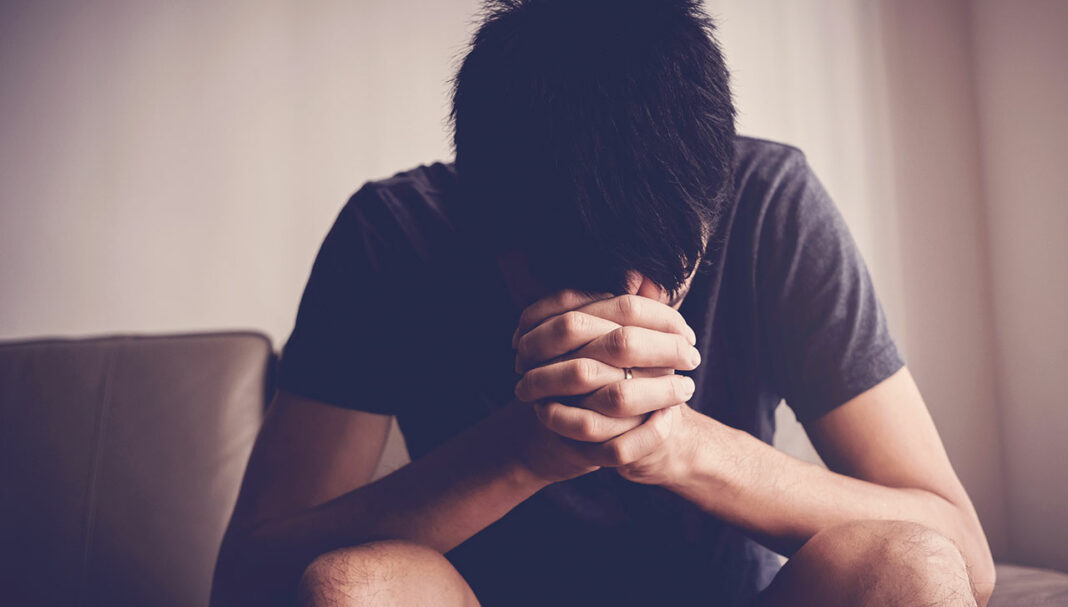Case scenario
Emma is a 24-year-old paramedic who presents to your pharmacy with a prescription for paroxetine 20 mg daily and lorazepam 1 mg PRN for anxiety. She also requests a Fluvax. While you are giving Emma her flu shot, she mentions recent sudden anger and mood swings. She says she was actually in London last year at the height of the pandemic and witnessed her neighbour and one of her colleagues die. It took her months to get a flight home and she was all alone. Emma starts to cry and apologises.
Learning objectivesAfter successful completion of this CPD activity, pharmacists should be able to:
|
THIS IS A CPD ARTICLE. YOU NEED TO BE A PSA MEMBER AND LOGGED IN TO READ MORE.















